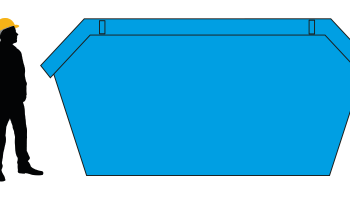

If you believe your existing office interiors have outgrown you, or if you need to take advantage of the advantages available in a new area, then office relocation is necessary. Many firms, however, choose to stay put in their current interiors because of concerns about expenses and the time-consuming turmoil that a shift would cause. This will only harm your firm — you’ve already determined that you need to move, so any prolonged delay will only result in you failing to meet your goals. There is much that a business will miss out on if they stay in an Office Removals London that isn’t fit for purpose, whether it’s because they need to increase their personnel to meet demand or because the facility can better assist the current workforce. Relocating and improving your workspace can help your firm innovate and achieve significant commercial outcomes, but sticking to a budget when moving your office can be difficult. An office move is a large investment, and it should be if you want a high-quality workplace setting that will benefit your company for years to come. To minimize overpaying, make sure you are aware of any hidden expenditures that may catch you off guard and that you are prepared for any unforeseen complications.
- Make a strategy for your move.
To begin, determine the breadth of the migration and the logistics. How many employees will be relocated, what equipment, files, and furnishings will be transported, and how will operations be maintained during the transition? The Office London will encourage you to ask these questions and anticipate any challenges that may arise.
- Make a budget and a list of requirements.
Make a general budget for the entire process, which you can compare your costs against at each stage of the migration. Your office relocation budget should be based on a year’s rent. Before committing to vendors, have a strong design plan and concept. There’s a lot to cover, from furniture to flooring, broadband to breakout rooms. This will keep the market competitive, resulting in the best value offerings from suppliers.
- Is it time to let go of the old and embrace the new?
There are other simple methods to cut costs; purchasing and disposing of new and used furniture and equipment can rapidly become the most expensive part of your office move. Reselling outdated equipment and repurposing existing furniture can help you save money on renovations while also creating a familiar working atmosphere for your staff. You must evaluate the prices of disposal against relocation prices to determine which option is best for your budget.
- Making plans for the future
Whatever your reason for relocating your workplace, you are likely to grow organically over time. It is preferable to budget for this entire project at once rather than taking on extra projects afterward. While recycling outdated equipment and furnishings may save money in the short term, if they are in bad shape and fail you later, you may incur unexpected costs if operations are disrupted. Employees are unable to work as efficiently.
Studying all of these elements will enable you to save expenditures in specific areas, allowing you to put your money where it will be most beneficial by sticking to your budget.



